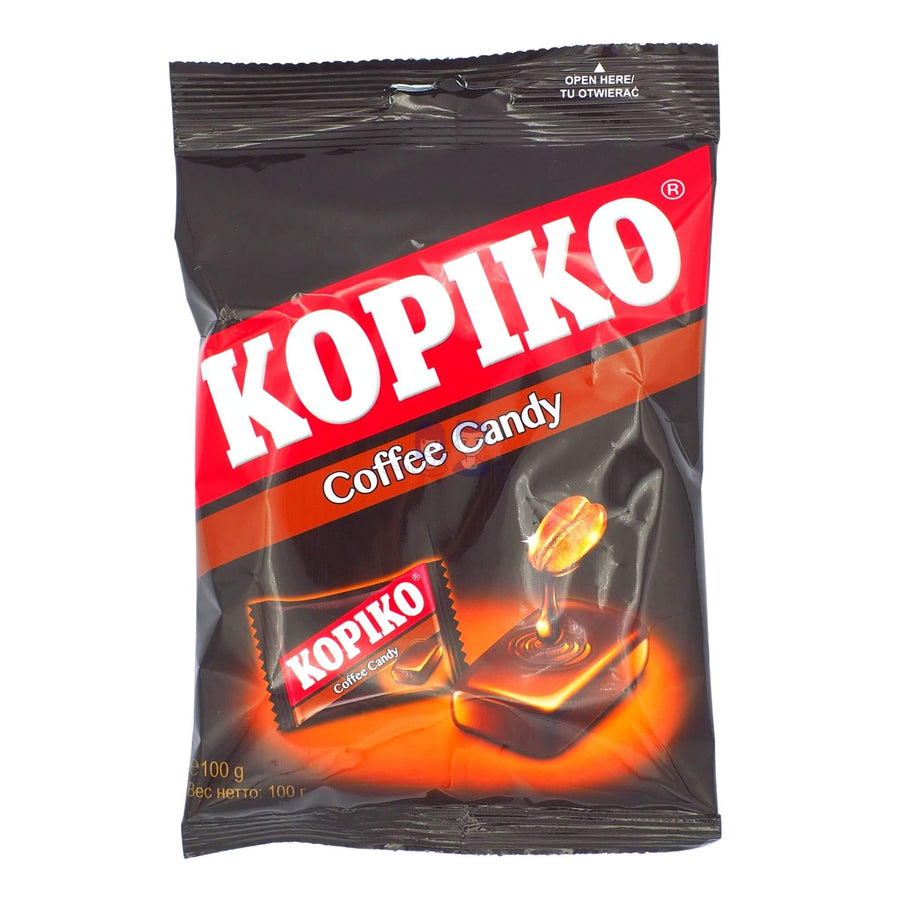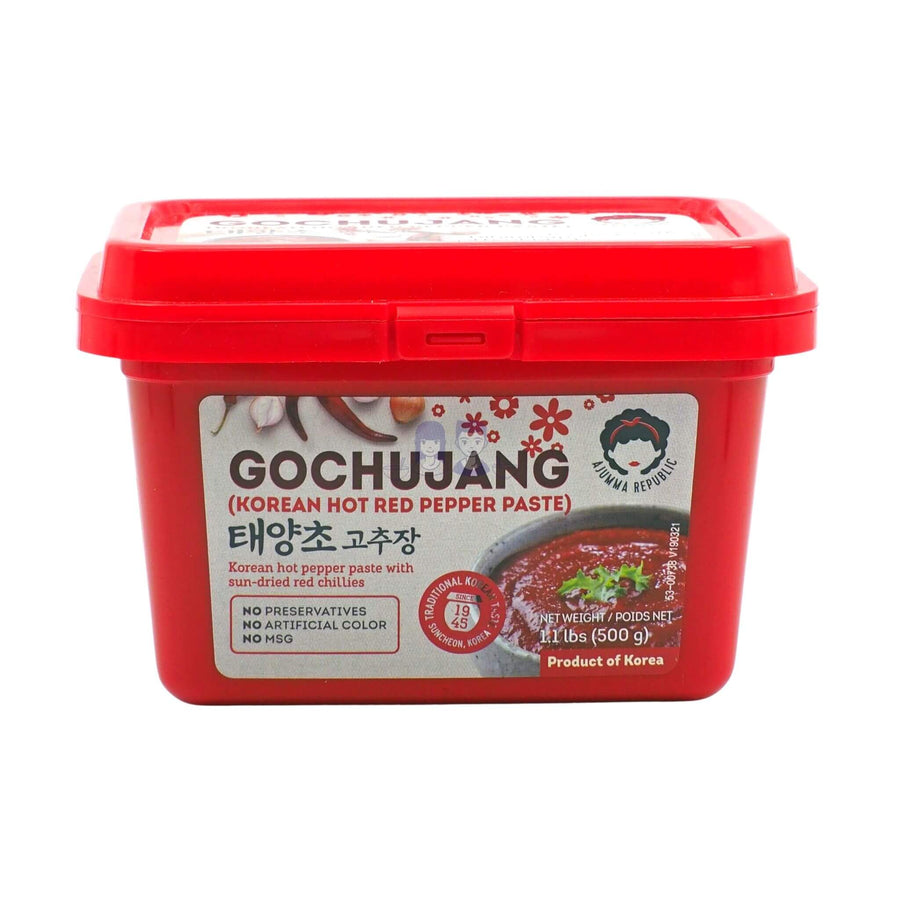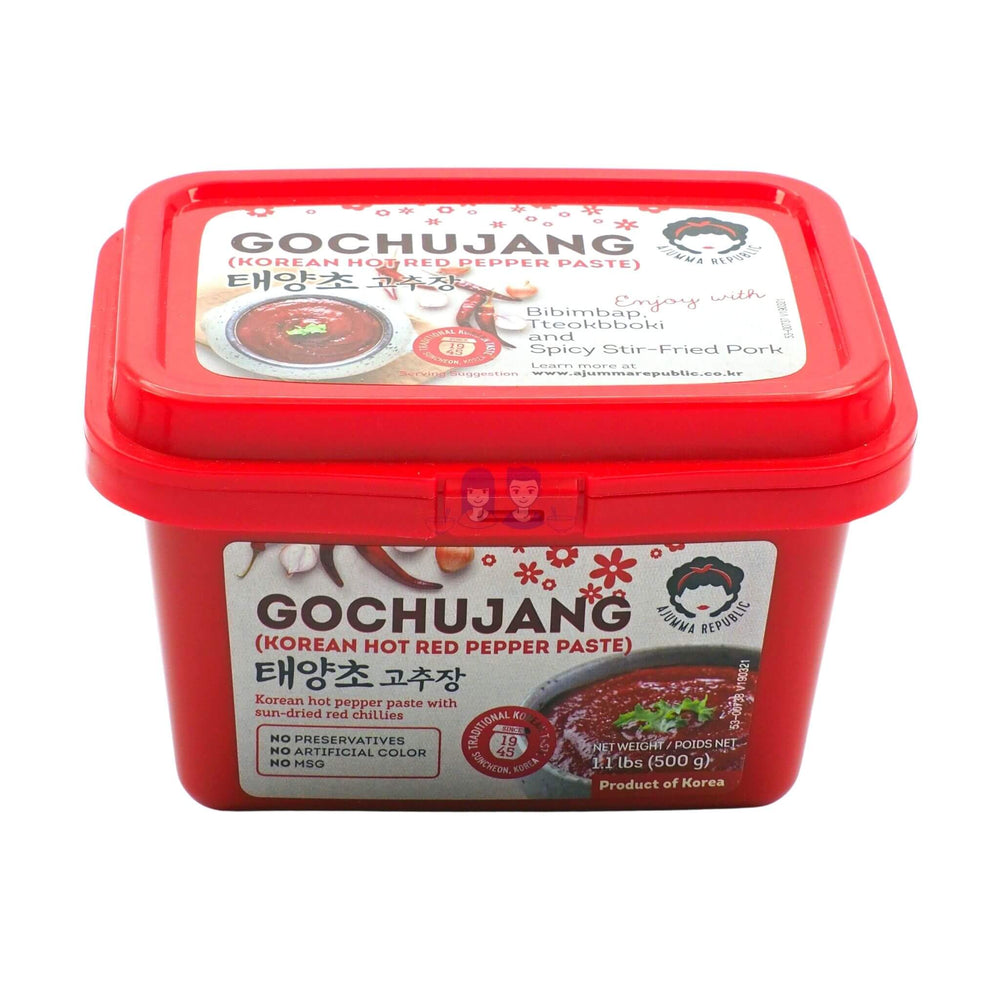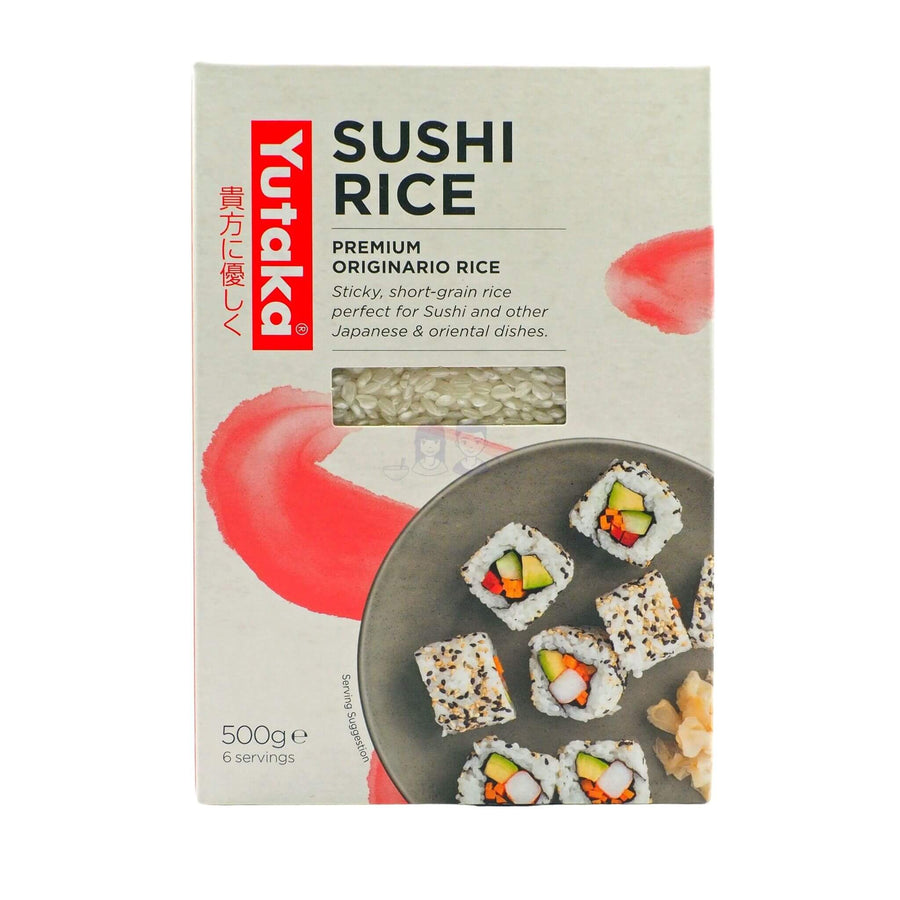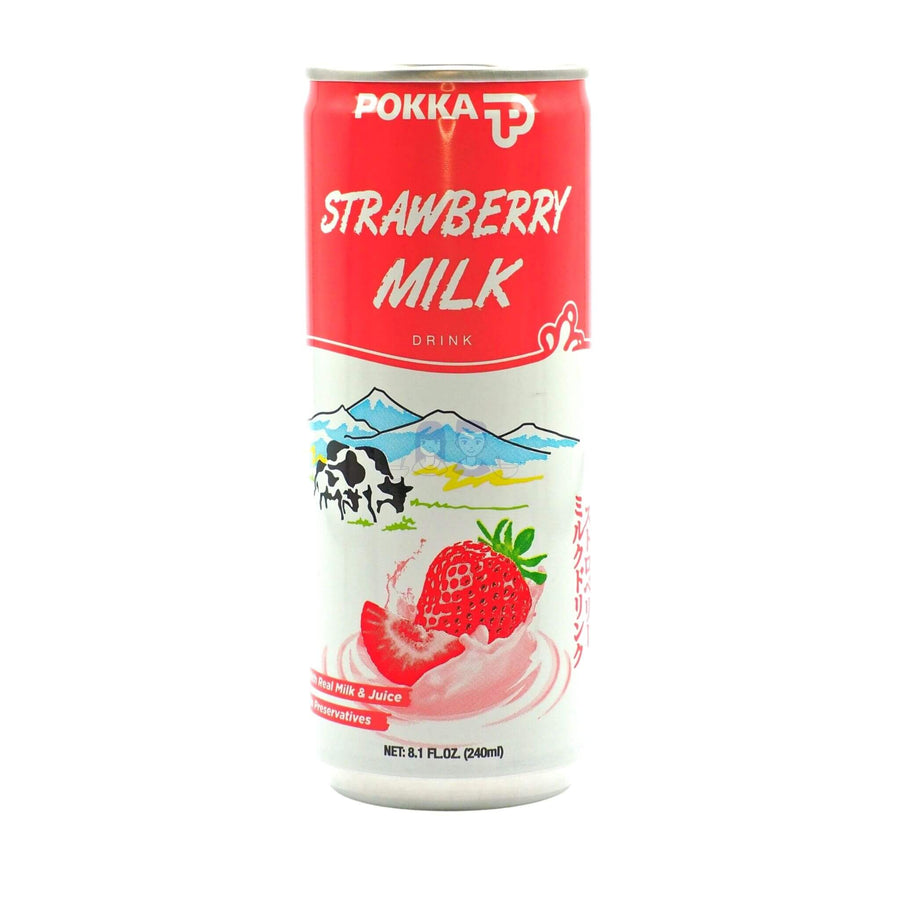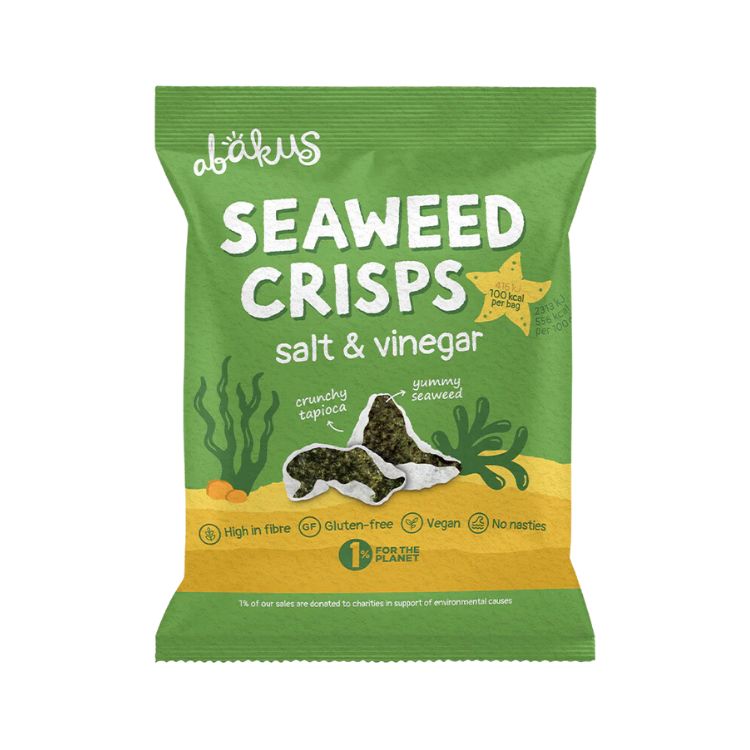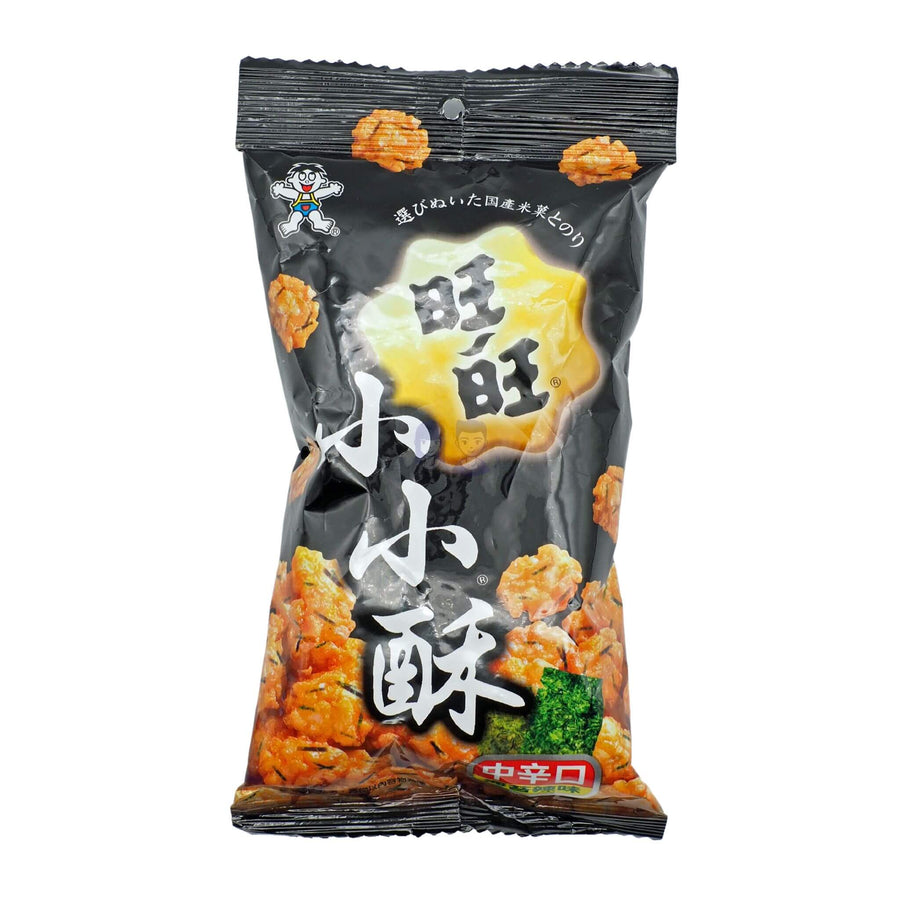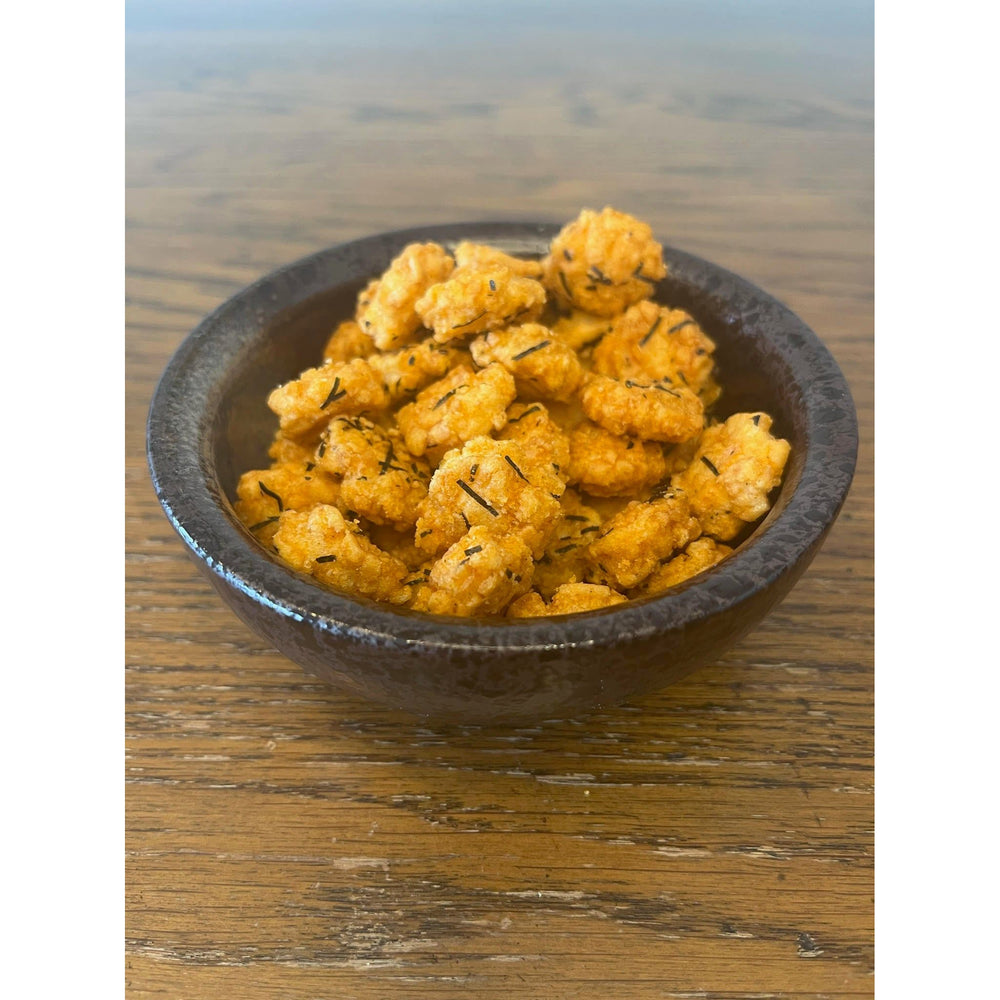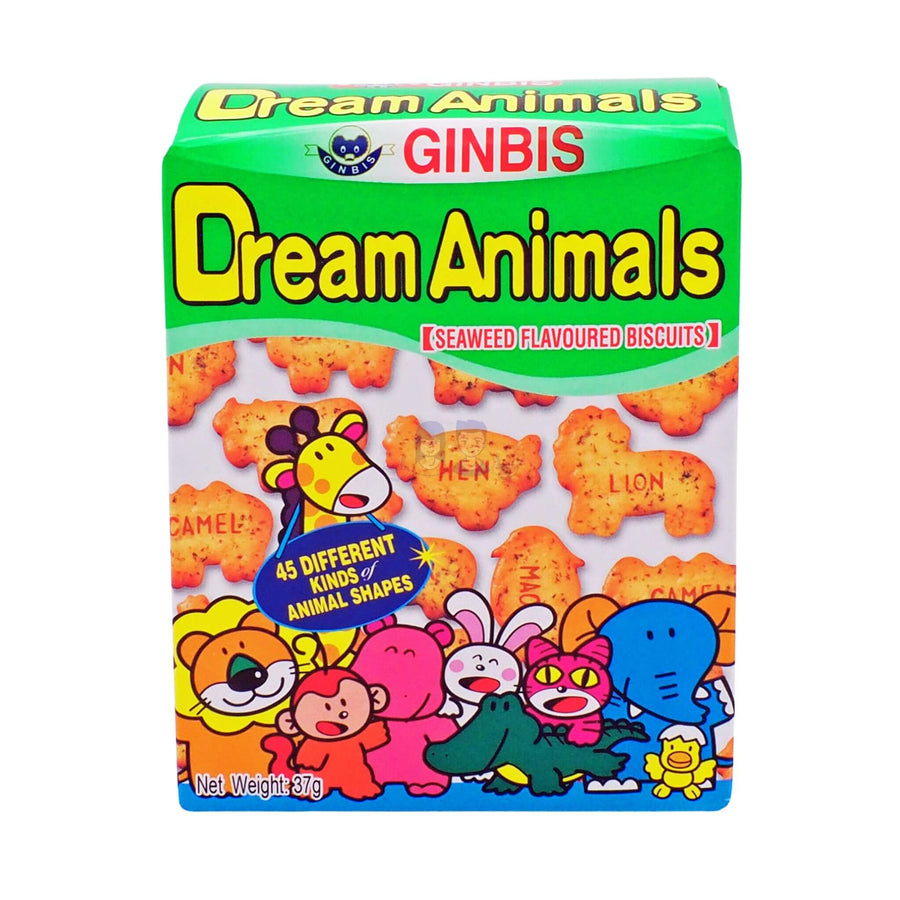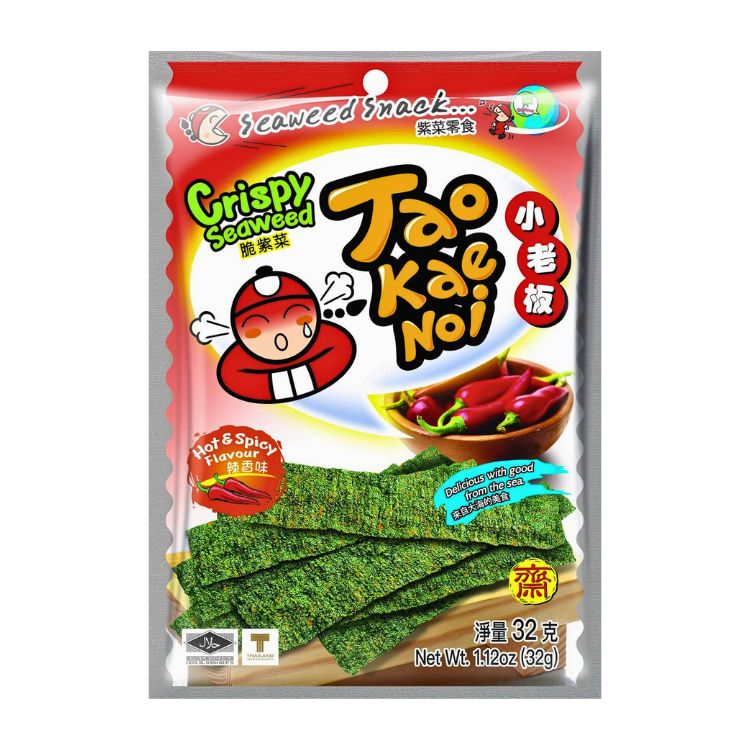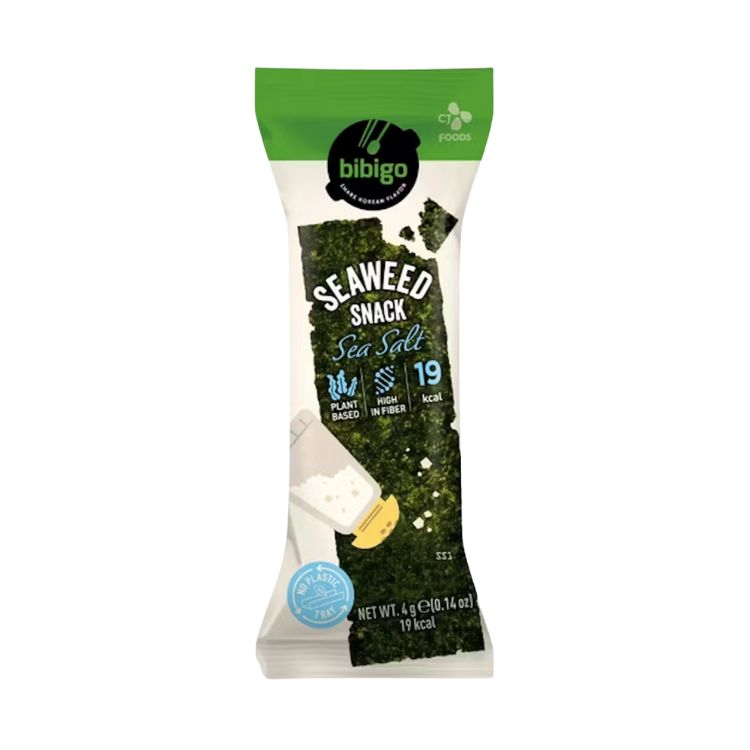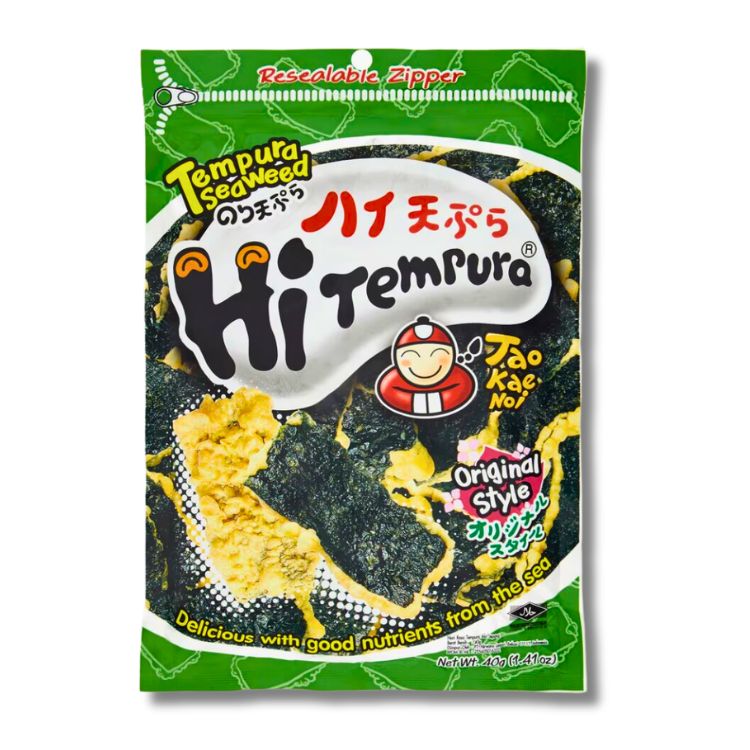The Perfect Low-Calorie Snack: Japanese Seaweed
From sushi rolls to seaweed salad, seaweeds offer a healthy, delicious food source.
Today, we're excited to share the most popular Japanese seaweeds that have been integral to Japanese cuisine for centuries.
Japanese seaweeds come exclusively from the sea and are key components in everything from nori for sushi rolls to wakame salads and nourishing kelp broths.
If you're curious to learn more about this nutritious superfood, make sure to read to the end!
→ Shop now: Our handpicked range of seaweed snacks
Popular types of Japanese seaweed
There are several popular types of Japanese seaweed you can choose from:
Nori
Dried Nori is probably the single most popular type of seaweed anywhere in the world. It is evergreen in colour, super thin, and has a nice salty taste. Made by pressing dried seaweed into very thin sheets, Nori is most often used to roll sushi and onigiri (rice balls) as well as for garnishing ramen and other noodle dishes. It can also be shredded over salads and rice bowls for added texture and flavour. We enjoy eating dried nori on its own as a snack or as a seasoning on senbei rice crackers. They are also great for an Asian picnic.

Kombu
There are nearly 2 dozen species of Kombu in the world, each with its unique characteristics and tastes. Often also called kelp, this seaweed variant is quite thick and is very commonly used in the making of Japanese broths and stocks including dashi.

Wakame
Salty in flavour with a note of sweetness, Wakame seaweed grows in Arctic currents that are rich in minerals. It is perfect for making miso soup as well as seaweed salad which we like to eat as a snack or starter. We love it as a starter before sushi.

Hijiki
In contrast to the predominantly sweet or salty flavours of other seaweeds, Hijiki offers a distinctively nutty flavour with a hint of earthiness. Its appearance is very similar to dried black tea leaves, and Japanese superstition believes that eating this seaweed can promote the growth of beautiful black hair.

Arame
Arame seaweed is often described as saffron-looking when dried due to its dark purple tinge and thread-like appearance. Its mild flavour makes it one of the most versatile seaweeds you can use since it goes well with nearly any dish. We love adding it to salads, stir-fries and soups.

The Cultural Significance of Seaweed in Japan
Seaweed holds a revered place in Japanese culture and history. For centuries, it has been more than just an ingredient - it's a symbol of prosperity and longevity.
Seaweed was once so valuable that it was used as a form of tax payment to the shogunate. Traditional ceremonies and festivals often feature seaweed dishes, showcasing its importance in rituals and celebrations.
By enjoying seaweed in their meals regularly, the Japanese honour their connection to the sea and the natural world, reflecting a deep respect for nature's bounty.
Popular brands of crispy seaweed
There are a number of popular Japanese seaweed brands on the market, including:
- Yutaka
- Nagai
- Kato Sangyo
- Clearspring
- Marutoko
- Welpac
- Fujicco
- Daesang
- Tokon
- Choripdong
If you want to try something from outside Japan, then you can also consider the following:
- Annie Chun’s Organic Seaweed
- Daechun
- Tao Kae Noi
- Jayone
How to incorporate Japanese seaweed into your diet
Japanese seaweed is so popular not only due to its great taste and health but also because of its versatility. You can add and/or pair it with most East Asian dishes without it feeling out of place! Here are some of the ways we personally enjoy consuming Japanese seaweed:
- Eat it as a standalone snack
- Use it to roll sushi
- Make seaweed soup - perhaps alongside other ingredients such as ribs or clams
- Seaweed salad - dressed with sesame oil, sesame seeds, vinegar and salt
- Add it as a bibimbap topping
- Add it as a ramen topping
- Add it on top of a hard-boiled egg
- Fry and make crispy wonton seaweed chips
- Wrap it around mochi to create Isobe Mochi
Preparation and Cooking Tips
Preparing Japanese seaweed is simple and enhances its flavour and texture in your dishes. Here are some tips:
- Rehydrating Dried Seaweed: Soak dried seaweed in cold water for 5-10 minutes until it expands. Drain and rinse before adding it to salads, soups, or stir-fries.
- Toasting Nori Sheets: Lightly toast nori sheets over a low flame or in a dry pan for a crispier texture and a deeper, nuttier flavour. This works great for snacking or making sushi.
- Enhancing Broths with Kombu: Add a piece of kombu to your soup stock and simmer gently. Remove it before boiling to extract maximum umami flavour without bitterness.
- Seasoning Seaweed Salads: Dress rehydrated wakame with a mixture of soy sauce, rice vinegar, sesame oil, and sprinkle with toasted sesame seeds for a classic seaweed salad.
How to keep your dried seaweed tasting fresh
Storage basics
Some seaweed, especially fresh seaweed such as fresh wakame has a short shelf life and has to be consumed rather quickly before it goes off - typically within 2 weeks. The great thing about dried seaweed is that it has a relatively long shelf life and in theory, is non-perishable if stored correctly.
To keep your dried seaweed tasting fresh, we recommend using an airtight container and storing it in a cool, dark, dry environment. Dried Japanese seaweed absorbs moisture well, and will get soggy, lose its texture and clump together if not stored in a dry environment.
Long term storage
If looking to store for a lengthy period, we highly recommend you store dried seaweed in a freezer. Always use an airtight container to further reduce the amount of moisture it comes into contact with.
Before using seaweed from the freezer, check how crispy it is. If it's not crispy enough for you, you can easily fix it by warming the seaweed up gently in a frying pan. For a crispy texture on both sides remember to flip with a pair of tongs.
Be sure not to overcook your seaweed since burnt seaweed is certainly not delicious.
Health benefits of seaweed
Nutritional value of seaweed
Seaweed isn't just a tasty snack; it's a nutritional powerhouse packed with essential vitamins and minerals:
- Calcium: Builds and maintains strong bones.
- Iron: Produces haemoglobin to improve oxygen circulation in your body.
- Copper: Helps produce red blood cells and maintain a healthy immune system.
- Folate: Essential for the formation of red blood cells and promoting healthy cell growth.
- Manganese: Supports the formation of connective tissues, bones, and sex hormones.
- Potassium: Maintains normal fluid levels in the body and helps ensure healthy blood pressure.
- Vitamin K: Promotes blood clotting and bone health.
- Vitamin E: Maintains healthy skin and eyes, strengthens the immune system.
- Vitamin B1 (Thiamine): Boosts energy production.
- Vitamin B2 (Riboflavin): Supports the growth, development, and functioning of cells.
- Vitamin A: Maintains healthy vision and supports the immune system.
- Vitamin C: Aids in the formation of blood vessels, cartilage, muscle, and collagen in bones.
Compared to other popular snacks like crisps and desserts that are high in sugar and salt, Japanese seaweed stands out as one of the healthiest choices you can make.
As a healthy snack, we use seaweed regularly to help when trying to lose weight or eat more healthily.
Studies
Research has shown that incorporating seaweed into your diet can offer several health benefits.
Weight Loss Benefits
One of the most cited health properties of eating seaweed is its ability to help with weight loss. Seaweed is low in calories and contains tons of fibre that can help slow down stomach emptying and help you feel full for longer. Research also shows that it is packed with fucoxanthin, a substance that can reduce body fat (1).
Heart Health
Seaweed consumption may also help reduce your risk of developing heart disease. It is a low-calorie food that actively helps your body reduce cholesterol levels. It also contains a substance called fucan that can aid in preventing excessive blood clotting (2, 3).
Gut Health
Seaweed is full of fibres known to promote gut health. It contains sulfated polysaccharides that can increase the growth rate of good gut bacteria, which in turn helps smooth digestion (4).
Final Word
Japanese seaweed is an excellent choice whether as a midnight snack or a flavourful topping for a dish. It is delicious, affordable, has a long shelf life, and is packed full of beneficial nutrients. If you are a health-conscious individual who loves Japanese snacks and prefers not to give up on eating delicious food, we highly recommend giving Japanese seaweed a try.
→ Shop now: Our handpicked range of seaweed snacks
References:


